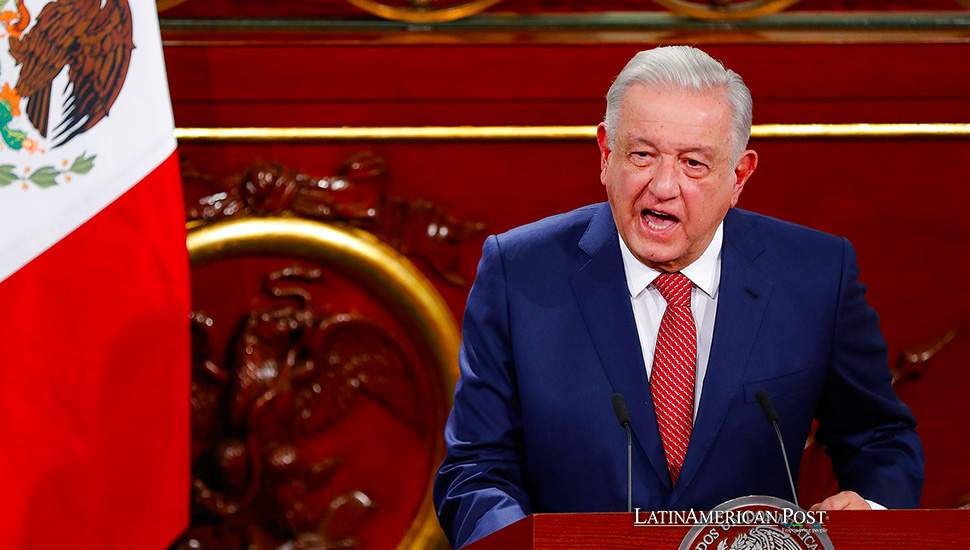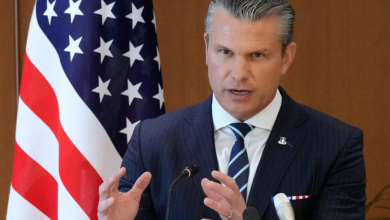Mexico’s Strategic Highway Acquisition is a Public-Private Collaboration Milestone

In a significant move towards enhancing infrastructure in southern Mexico, President Andres Manuel Lopez Obrador announced the government’s acquisition of a highway concession from billionaire Carlos Slim, signaling a promising shift in public-private partnerships.
A Landmark Collaboration Unveiled
In a notable development that underscores the evolving landscape of infrastructure projects in Mexico, President Andres Manuel Lopez Obrador recently revealed a landmark agreement with one of the nation’s most influential figures, billionaire Carlos Slim. This agreement involves the federal government’s purchase of the concession for a highway section currently under construction in the southern state of Oaxaca. The announcement, made during a speech in Oaxaca, marks a pivotal moment in the administration’s efforts to bolster infrastructure in historically underserved regions of Mexico.
Carlos Slim, a titan in the telecommunications sector through America Movil and the conglomerate space via Grupo Carso, is no stranger to significant infrastructure projects. His involvement in constructing the highway stretch from Mitla to Tehuantepec through Ideal (IDEALB1.MX), a company he is associated with, illustrates the intricate ties between Mexico’s public sector ambitions and private sector capabilities. While the deal’s specifics, including the cost, remain undisclosed, the collaboration between the government and Slim’s entities reflects a mutually beneficial arrangement to enhance the nation’s infrastructure.
The highway project, slated for inauguration on August 31, is a component of a more extensive stretch that extends to the city of Oaxaca. This initiative is not just about improving road connectivity; it’s a testament to the government’s commitment to revitalizing the southern regions of Mexico. Near the end of his term, the president has consistently prioritized infrastructure enhancements in the south, recognizing the pivotal role such projects play in driving economic growth and reducing regional disparities.
Infrastructure Ambitions Beyond Highways
At an event celebrating the opening of another segment of highway in the state of Oaxaca, President Lopez Obrador took the opportunity to highlight his administration’s broader infrastructure ambitions. Among these is the recent launch of a coast-to-coast passenger rail network, another ambitious project aimed at transforming the transportation landscape of southern Mexico. These efforts collectively underscore a strategic pivot towards leveraging infrastructure as a catalyst for sustainable development in areas long marginalized within the national economy.
The acquisition of the highway concession from Carlos Slim is emblematic of a more profound shift towards embracing public-private partnerships (PPPs) as a vehicle for advancing Mexico’s infrastructure agenda. By engaging with private sector entities and prominent business figures like Slim, the government is signaling its openness to collaborative approaches that harness the strengths of both sectors. This model of engagement accelerates project delivery and ensures that the private sector’s expertise and resources are effectively utilized in serving public interests.
The implications of this partnership extend beyond the immediate benefits of enhanced road connectivity. It represents a template for future collaborations that could reshape Mexico’s infrastructure development approach, particularly in historically lagged regions. The strategic focus on the southern part of the country is crucial, as it addresses longstanding issues of inequality and underdevelopment, paving the way for a more balanced and inclusive growth trajectory.
PPPs as Central to Modernizing Infrastructure
As Mexico navigates the complexities of modernizing its infrastructure amid fiscal constraints and the need for sustainable development, the role of PPPs becomes increasingly central. The collaboration between President Lopez Obrador’s administration and Carlos Slim’s enterprises exemplifies how strategic alliances can bridge gaps between public aspirations and private sector capabilities. If replicated judiciously across other projects, this model can significantly enhance Mexico’s infrastructure landscape, driving economic development and improving the quality of life for its citizens.
In the broader context, the announcement also reflects President Lopez Obrador’s legacy as a leader committed to addressing the infrastructural divide within Mexico. He is laying the groundwork for a more equitable distribution of the nation’s prosperity by championing projects that directly impact the southern regions. Therefore, the partnership with Carlos Slim is not just a transactional arrangement; it is a statement of intent, showcasing a vision for a Mexico where progress and development reach every corner of the country.
Also read: Brazil’s Gol Airline Files for Chapter 11 Amid Financial Strain
As the highway project moves towards completion and other infrastructure initiatives take shape, the eyes of the nation—and indeed, the international community—will be on Mexico. The success of these endeavors will be measured by the physical structures that arise, the lives they touch, and the opportunities they create. The collaboration between the government and Carlos Slim serves as a beacon of hope for the transformative power of infrastructure, heralding a new era of development that promises to uplift the southern regions of Mexico and, by extension, the nation.




